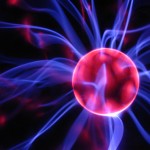 The smallest thing around is the atom, which has three main parts – the core (nucleus) houses the protons and neutrons, and the electron zips around in a cloud around the nucleus.
The smallest thing around is the atom, which has three main parts – the core (nucleus) houses the protons and neutrons, and the electron zips around in a cloud around the nucleus.
The proton has a positive charge, and the electron has a negative charge. In the hydrogen atom, which has one proton and one electron, the charges are balanced. If you steal the electron, you now have an unbalanced, positively charge atom and stuff really starts to happen. The flow of electrons is called electricity. We’re going to move electrons around and have them stick, not flow, so we call this ‘static electricity’.
These next experiments rely heavily on the idea that like charges repel and opposites attract. Your kids need to remember that these activities are all influenced by electrons, which are very small, easy to move around, and are invisible to the eye.
[am4show have=’p8;p9;p20;p47;p76;p97;’ guest_error=’Guest error message’ user_error=’User error message’ ]
Blow up a balloon. If you rub a balloon on your head, the balloon steals the electrons from your head, and now has a negative charge. Your head now has a positive charge because your head was electrically balanced (same number of positive and negative charges) until the balloon stole your negative electrons, leaving you with an unbalanced positive charge.
Let’ play with a more static electricity experiments, including making things move, roll, spin, chime, light up, wiggle and more using static electricity!
Here’s what you need:
- 7-9″ balloon (get two in case one pops)
- a wall
- wool sweater or scarf
- sink
- ping pong ball
- comb
- neon bulb
- tissue paper
- wire coat hanger
- tape
- packing peanuts
- bubble juice
- fluorescent bulb (burnt-out bulbs are fine to use)
- nylon stocking (AKA ‘panty-hose’)
- plastic grocery bag
Download Student Worksheet & Exercises
Static Electricity Experiments!
Expt. 1: Static Hairdo Charge a balloon by rubbing it on your head for 30 seconds. Pull the balloon up about six inches to check your progress – if the hair isn’t sticking to the balloon, try again on someone with clean, dry hair (without any hair styling goop). When you put the balloon close to your head, notice how your hair reaches out for the balloon. Your hair is positive, the balloon is negative, and you can see how they are attracted to each other!
Your hair stands up when you rub it with a balloon because your head is now positively charged, and all those plus charges don’t like each other (repel). They are trying to get as far away from each other as possible, so they spread far apart. Does the hair continue to stand apart even after you remove the balloon? Does it matter what hair color or texture? (Does the balloon shape matter?)
Bonus Question: How can you get rid of the extra electrons?
Expt. 2: Finding Attraction Rub your head with the balloon and then hold the balloon to a wall. Can you make it stick? How about the ceiling? How many other things does the balloon stick to? (Hint – try a wool sweater.)
Expt. 3 Wiggly Wonder Hold the charged balloon near a stream of water running from a faucet. Can you make the water wiggle without touching it? The charged balloon attracts the stream of water. The water is like a bar magnet in that there are poles on a water molecule: there’s a plus side and a minus side, and the water molecules line up their positive ends toward the balloon when you bring it close.
Expt. 4 Ping Pong Puzzle Rub a comb with a wool sweater, and bring it close to a ping pong ball resting on a flat table. Why do you think the ping pong ball moves? Does it work if you use a charged balloon instead? What if you swap the ping pong ball for a piece of styrofoam?
Expt. 5: Static Neon Store up a good charge of electrons by scuffing along the carpet in socks on a warm, dry day. To make this a much more interesting experiment, hold one end of a neon bulb and watch it light as you touch the other end to a nearby object such as a metal faucet, metal part of a lamp, etc. You can also bring it close to your TV set (the old tube TV kind), both turned on and just turned off, to see if it has any effects on the neon lamp bulb?
Hint: you’ll need to get the neon bulb out of the plastic encasing and hold only one of the wires to make this experiment work – one wire act a as the collector, the other is grounded (via your hand) to the earth. You can also hold onto one lead as you slide down a plastic slide and then touch something grounded (like your mom).
You steal electrons and take on a negative charge when you scuff along the carpet in socks. Remember that just like magnets, ‘like’ charges (negative-to-negative or positive-to-positive) repel, and opposite charges (negative-to-positive) attar, which is why you can make your hair stand up on end by scuffing around a lot. The hairs all become negative, trying to get as far away from each other as they can.
Expt. 6: Electric Tail Feathers Cut a sheet of tissue paper into 12 thin strips, about 1/2″ wide and 8-12″ long. Straighten out a wire coat hanger (snip off the hook part), or find yourself a 10g piece of metal uninsulated wire. Tape the strips to the end of a wire coat hanger (make sure your coat hanger do not have plastic insulation around it – use sandpaper to sand off any clear enamel if you’re not sure). Attach a piece of plastic with tape or clay to the center of the rod, making a V-groove so the handle sits better on the wire. Bring a very charged balloon near the end of the wire – what happens?
Expt. 7: Ghost Words (Although this experiment has also held the name “Ghost Poop”… ) Rub packing peanuts with wool or your hair to build up a strong, quick static charge. Stick the stryfoam to the wall to spell out words. How long do they stay attached to the wall? Does humidity matter? (Try spritzing with a light mist of water).
Expt. 8: Static Bubbles Blow a few big, round bubbles (use store-bought bubble solution, or make your own with 12 cups cold water and 1 cup clear Ivory dish soap and a wire coat hanger stretched into a diamond shape). Chase your bubbles with a charged balloon – what happens? Try the comb rubbed with wool – which works better? What other two things can you use to change the path of the soap bubble? (Photo: Tom Noddy, one of the greatest bubble magicians ever – he’s the first one to ever blow a square bubble.)
Expt. 9: Fluorescents Unplugged In a dark room, rub the length of a fluorescent bulb with a piece of plastic wrap (or polyethylene bag or wool sweater) vigorously and then pull your arm away – the bulb should light up momentarily. What other materials cause it to glow?
Expt. 10: Ghost Leg This experiment is absolutely hilarious to watch, but you must be persistent to get it right. On a cold winter day, crank up the heat in your house to warm and dry out the air. You now have the ideal static electricity environment. Take a nylon stocking (just a single knee-length will work, or just use half of a full pair, but roll up the unused half so it’s out of your way) and press the toe part against a nearby wall. Line your other hand with a piece of a clear plastic bag (if the plastic can stretch, it’s the right kind) and rub the nylon stocking vigorously. Now hold the stocking in the air and see if you scrubbed it well enough to charge the stocking with enough static charge so it repels itself and fills out – looking as if there’s a ghost filling out the leg!
Why do these experiments work?
The triboelectric series is a list that ranks different materials according to how they lose or gain electrons. Near the top of the list are materials that take on a positive charge, such as air, human skin, glass, rabbit fur, human hair, wool, silk, and aluminum. Near the bottom of the list are materials that take on a negative charge, such as amber, rubber balloons, copper, brass, gold, cellophane tape, Teflon, and silicone rubber.
When you rub a glass rod with silk, the glass takes on a positive charge and the silk holds the negative charge. When you rub your head with a balloon, the hair takes on a positive charge and the balloon takes on a negative charge.
When you scuff along the carpet, you build up a static charge (of electrons). Your socks insulate you from the ground, and the electrons can’t cross your sock-barrier and zip back into the ground. When you touch someone (or something grounded, like a metal faucet), the electrons jump from you and complete the circuit, sending the electrons from you to them (or it).
The fluorescent bulb lights up when the electrons jump around. The inside of the bulb is coated with phosphor (a white powder) and filled with mercury vapor gas. The phosphor gives off light whenever it gets smacked with UV light. The mercury vapor gives off UV light whenever it gets excited by electricity (movement of electrons). When you rub the outside of the bulb, electrons start to jump around, exciting the gas, which generated UV light, which hits the phosphor and causes it to glow briefly. When the bulb is in balance, it stays dark. If you tip the balance, electrons flow and you get light.
Exercises
- Why does the hair stick to the balloon?
- How do you get rid of electrons?
- Can you see electrons? Why or why not?
- Does it matter what kind of hair you rub the balloon on?
- How long does the hair continue to stand up after you remove the balloon?
- Does it matter what kind of balloon you use?
- How fast or slow do you need to rub for the biggest charge on the balloon?
- Does hair color matter?
- This evening, find an article or story that describes how electricity improves our lives. Bring the article to school. If you bring in an article that no one else brings in, you get extra points.
[/am4show]

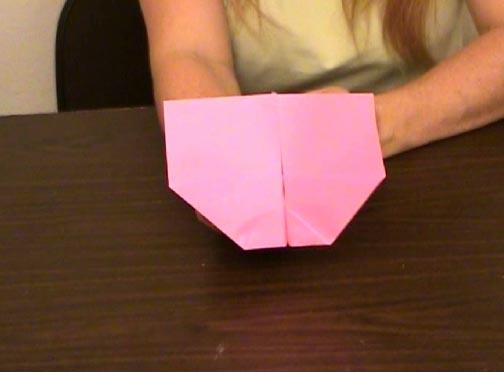
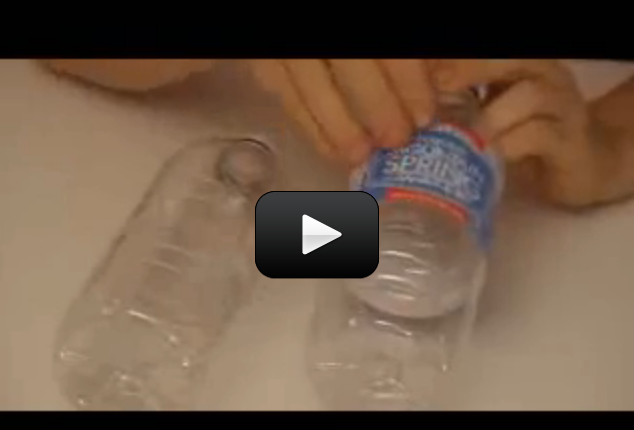
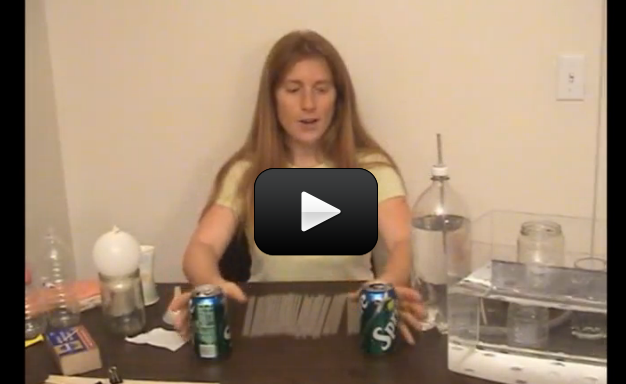
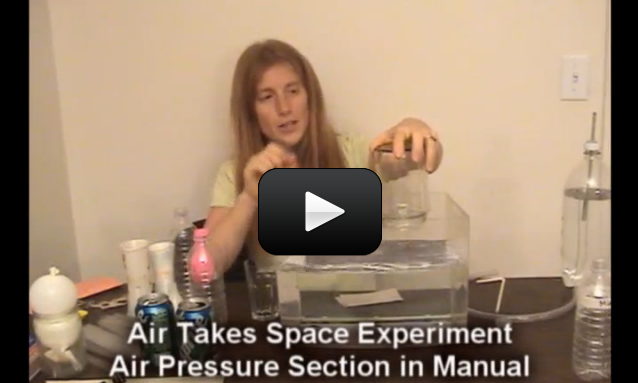
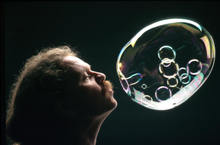
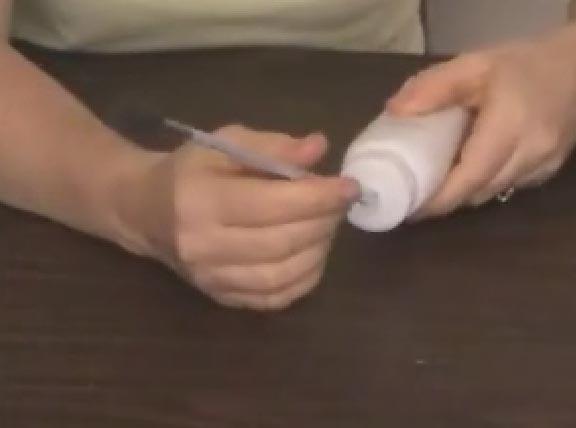
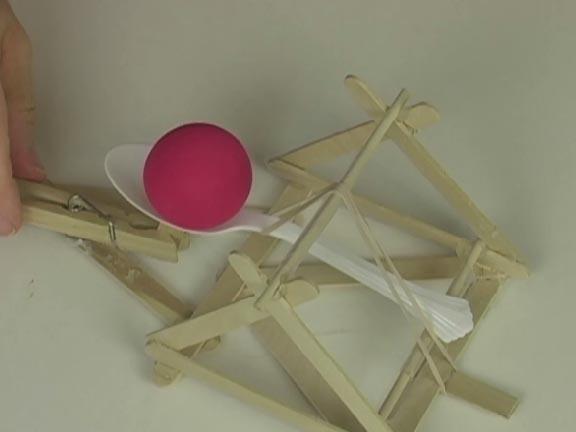
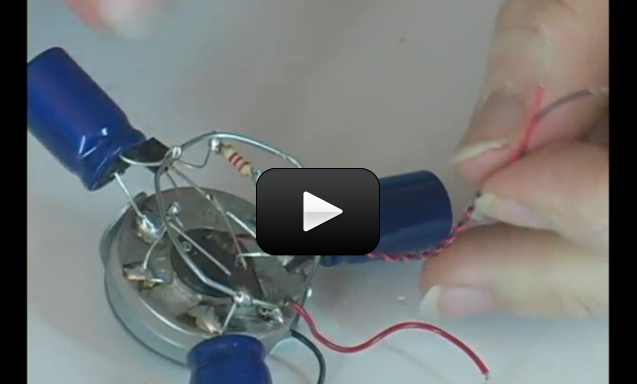
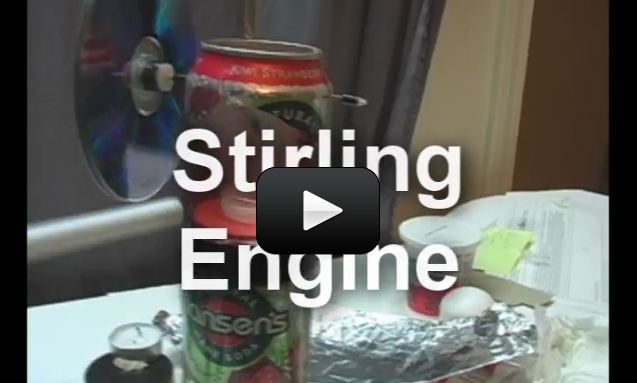

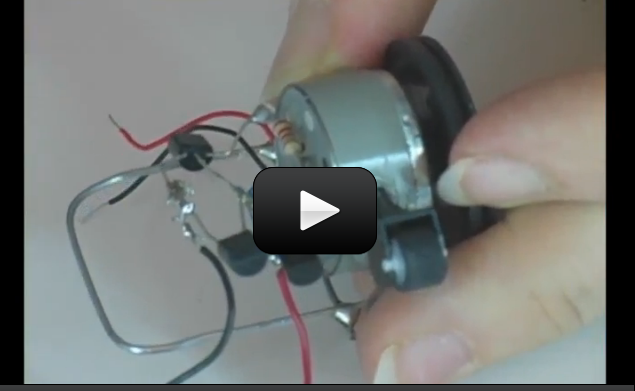
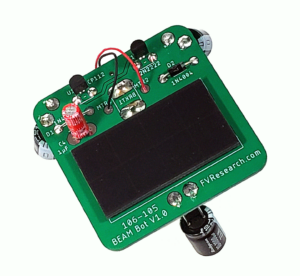
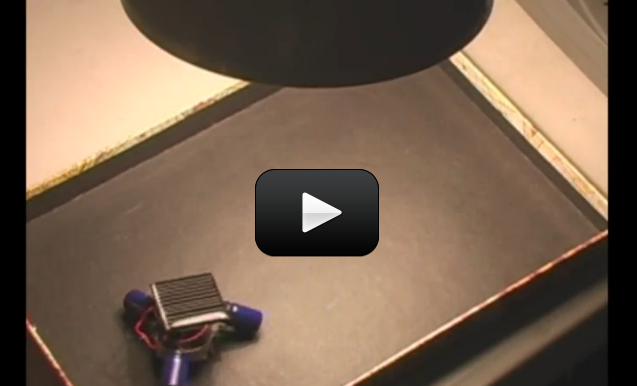
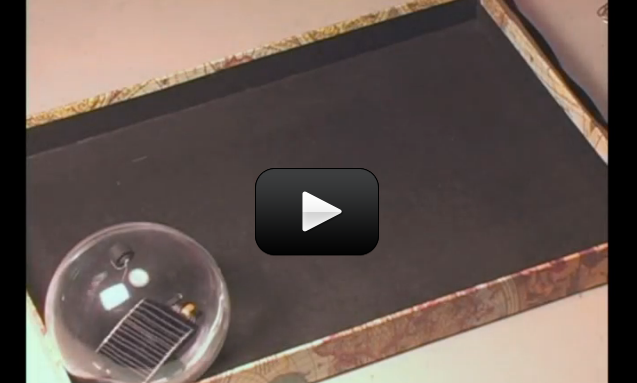

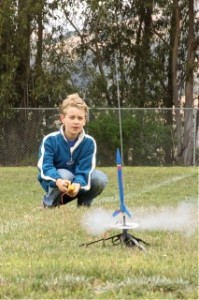
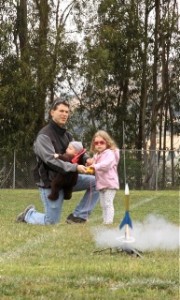
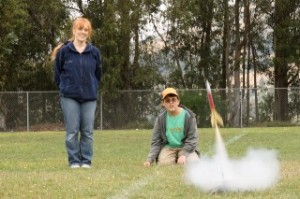
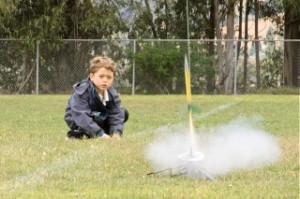
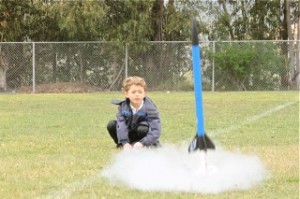
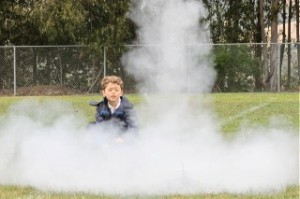
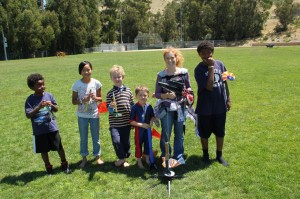

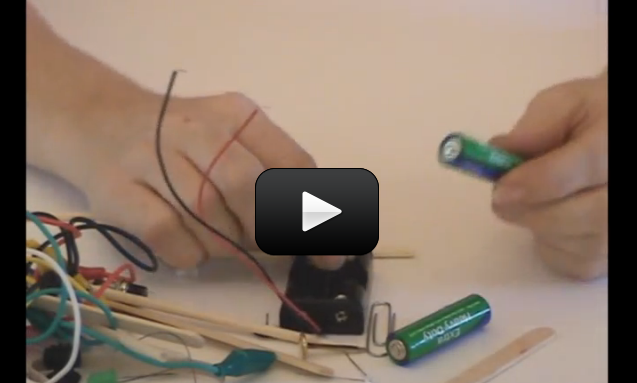
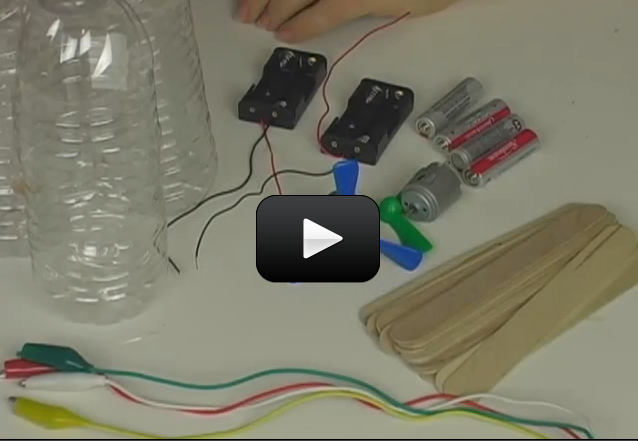
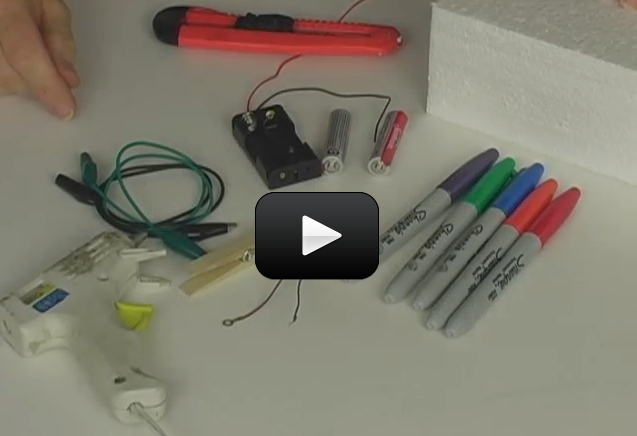
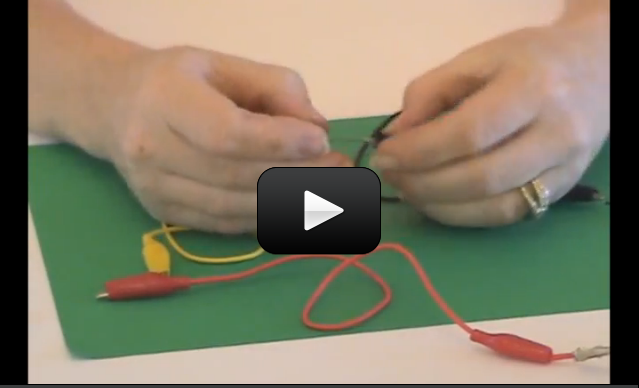
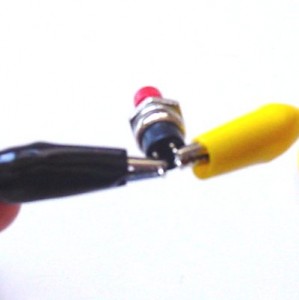 Make yourself a grab bag of fun things to test: copper pieces (nails or pipe pieces), zinc washers, pipe cleaners, Mylar, aluminum foil, pennies, nickels, keys, film canisters, paper clips, load stones (magnetic rock), other rocks, and just about anything else in the back of your desk drawer.
Make yourself a grab bag of fun things to test: copper pieces (nails or pipe pieces), zinc washers, pipe cleaners, Mylar, aluminum foil, pennies, nickels, keys, film canisters, paper clips, load stones (magnetic rock), other rocks, and just about anything else in the back of your desk drawer.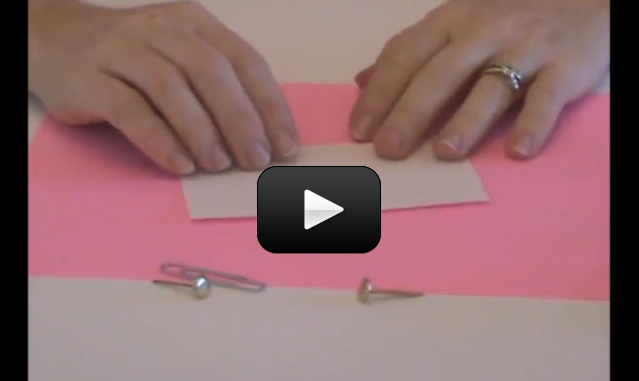
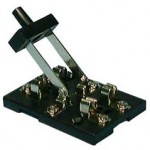 When you turn on a switch, it’s difficult to really see what’s going on… which is why we make our own from paperclips, brass fasteners, and index cards.
When you turn on a switch, it’s difficult to really see what’s going on… which is why we make our own from paperclips, brass fasteners, and index cards.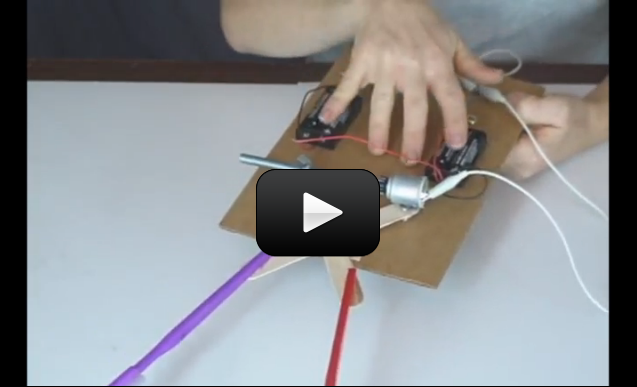
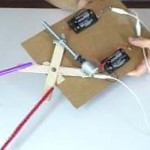 Are cookies out of reach in your house? When I was a small kid, the top of the refrigerator seemed MILES away… until I built a robot arm out of toothbrushes, popsicle sticks, and cardboard to reach it for me!
Are cookies out of reach in your house? When I was a small kid, the top of the refrigerator seemed MILES away… until I built a robot arm out of toothbrushes, popsicle sticks, and cardboard to reach it for me!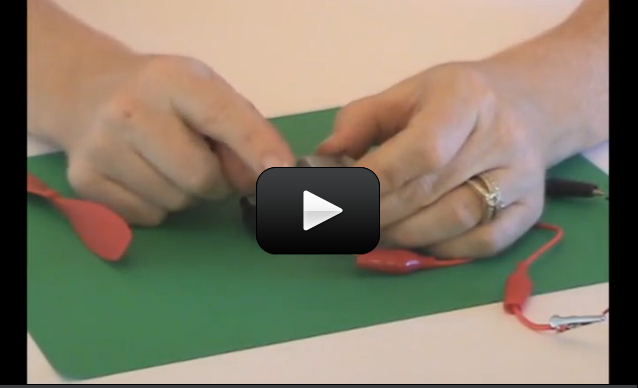
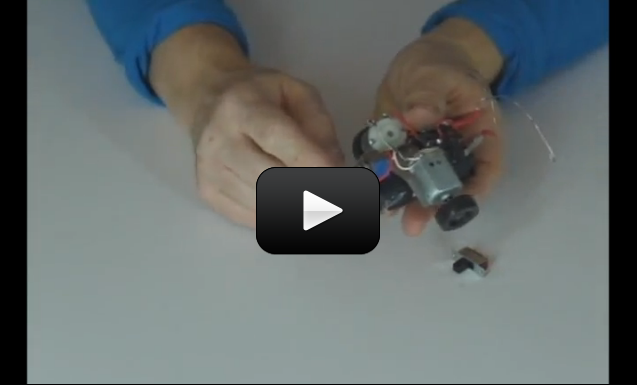
 This project is advanced students. If you like tiny robots, then this one is for you! Powered by cheap hobby motors, this fast little robot zips ’round and avoids obstacles using momentary switches and an idler wheel for a tail.
This project is advanced students. If you like tiny robots, then this one is for you! Powered by cheap hobby motors, this fast little robot zips ’round and avoids obstacles using momentary switches and an idler wheel for a tail.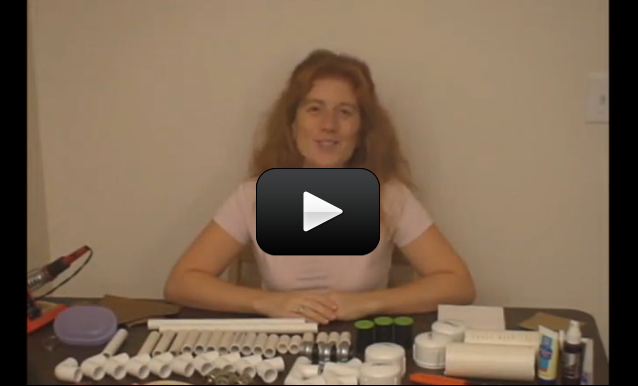
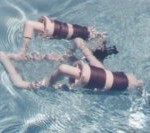 This project is for advanced students.
This project is for advanced students. 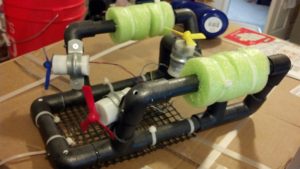
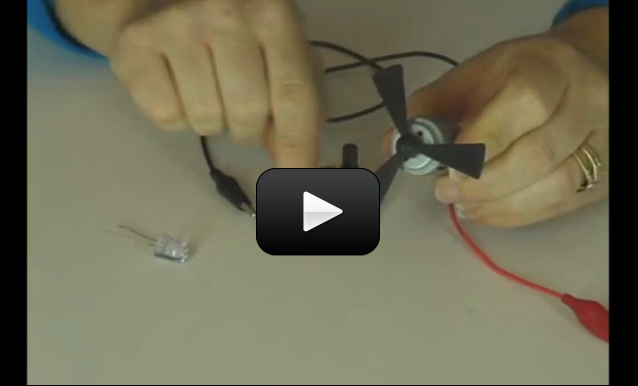
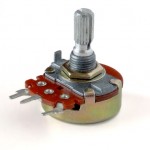 So now you know how to hook up a
So now you know how to hook up a 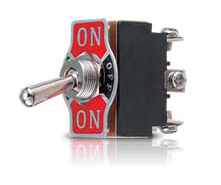
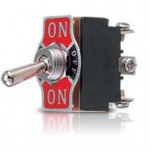
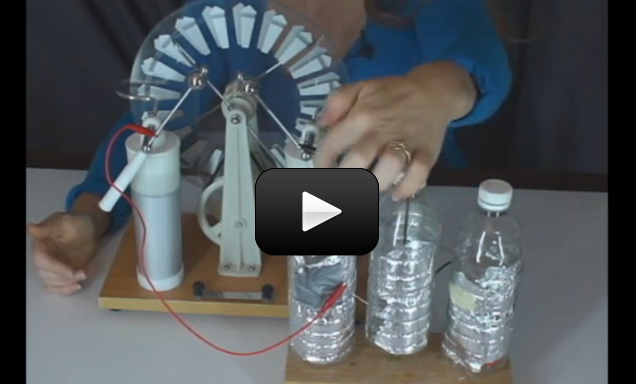
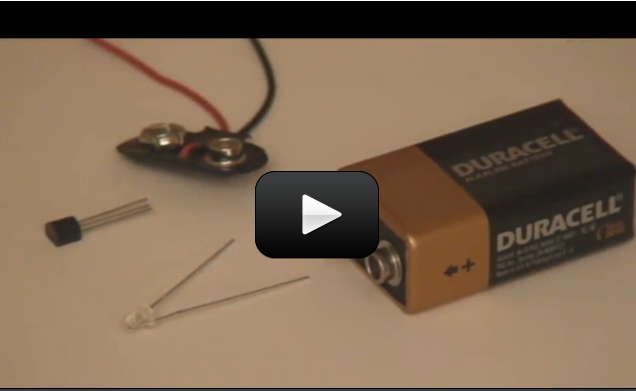
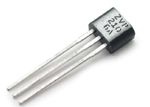 This simple FET circuit is really an electronic version of the
This simple FET circuit is really an electronic version of the 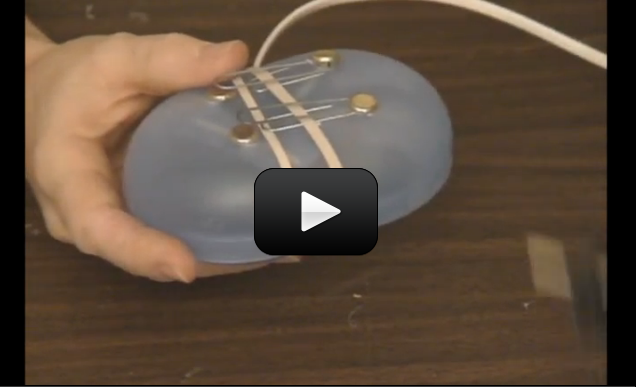
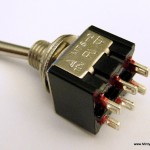 Radio control (RC) is a 100 year-old technology. RC requires both a transmitter and a receiver. The control box sends commands to the robot the same way you change channels on the TV with the remote.
Radio control (RC) is a 100 year-old technology. RC requires both a transmitter and a receiver. The control box sends commands to the robot the same way you change channels on the TV with the remote.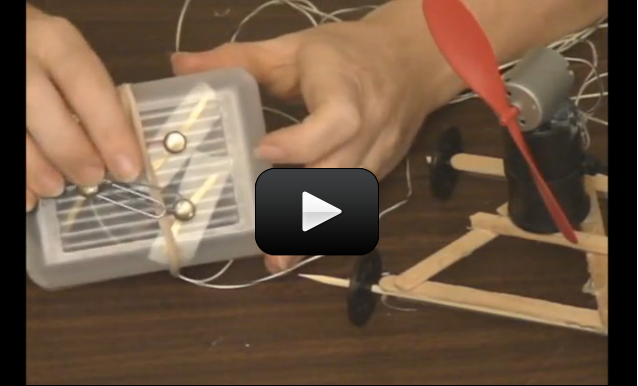
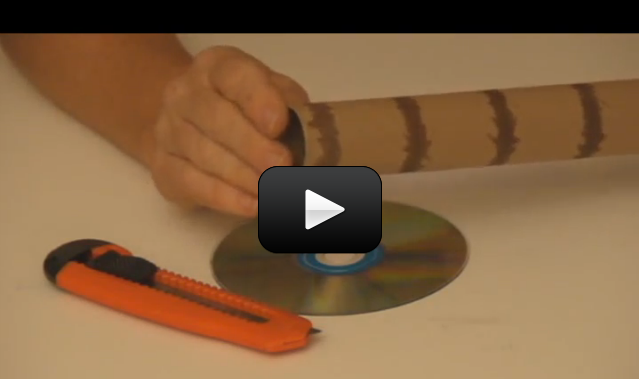
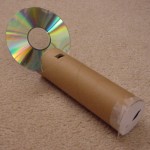 Spectrometers are used in chemistry and astronomy to measure light. In astronomy, we can find out about distant stars without ever traveling to them, because we can split the incoming light from the stars into their colors (or energies) and “read” what they are made up of (what gases they are burning) and thus determine their what they are made of. In this experiment, you’ll make a simple cardboard spectrometer that will be able to detect all kinds of interesting things!
Spectrometers are used in chemistry and astronomy to measure light. In astronomy, we can find out about distant stars without ever traveling to them, because we can split the incoming light from the stars into their colors (or energies) and “read” what they are made up of (what gases they are burning) and thus determine their what they are made of. In this experiment, you’ll make a simple cardboard spectrometer that will be able to detect all kinds of interesting things!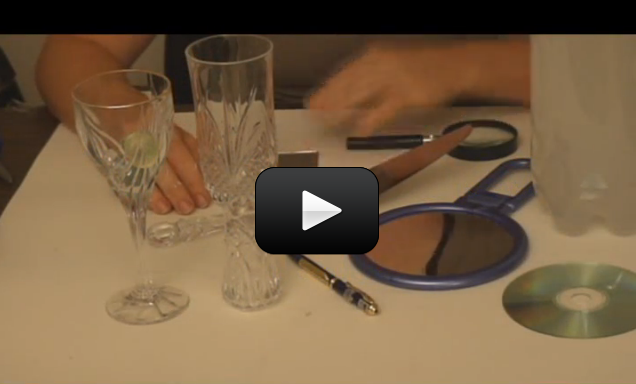
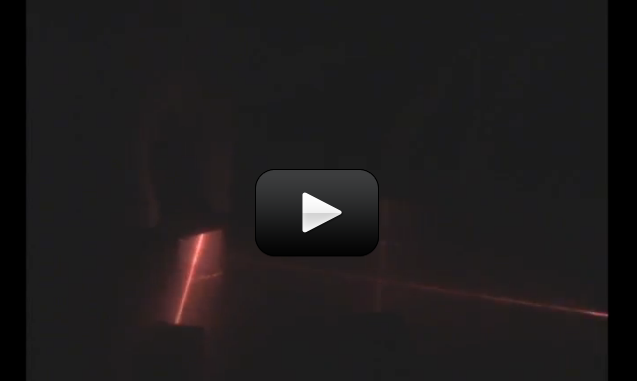

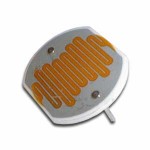
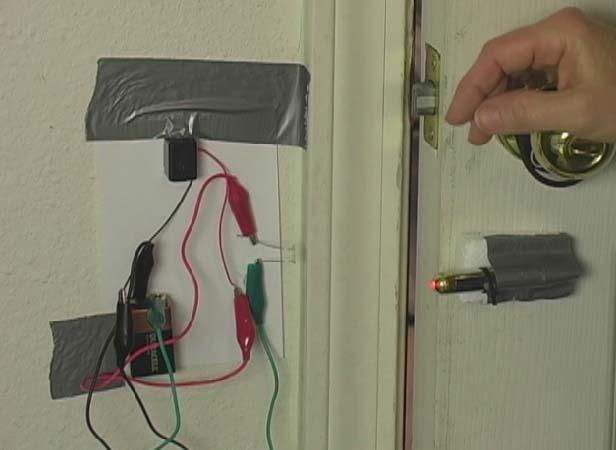
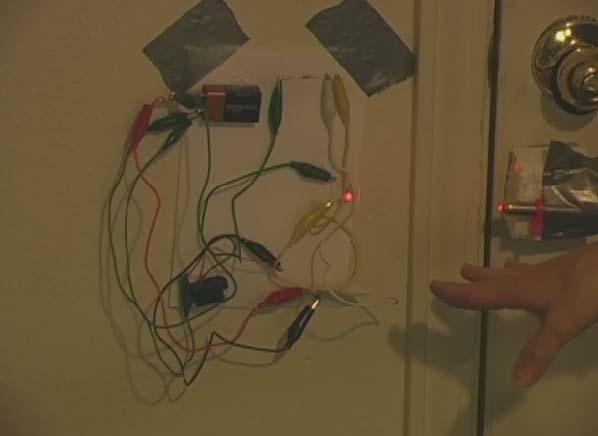
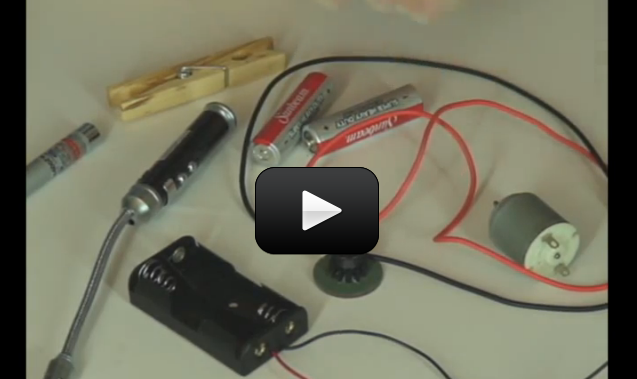
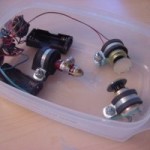 What happens when you shine a laser beam onto a spinning mirror? In the
What happens when you shine a laser beam onto a spinning mirror? In the 
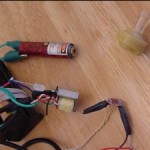 This experiment is for advanced students.Did you know that when you talk inside a house, the windows vibrate very slightly from your voice? If you stand outside the house and aim a laser beam at the window, you can pick up the vibrations in the window and actually hear the conversation inside the house.
This experiment is for advanced students.Did you know that when you talk inside a house, the windows vibrate very slightly from your voice? If you stand outside the house and aim a laser beam at the window, you can pick up the vibrations in the window and actually hear the conversation inside the house.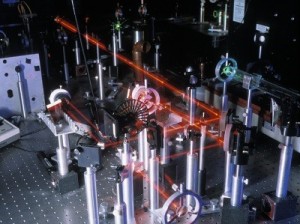 This super-cool project lets kids have the fun of playing tag in the dark on a warm summer evening, without the "gun" aspect traditionally found in laser tag. Kids not only get to enjoy the sport but also have the pride that they build the tag system themselves - something you simply can't get from opening up a laser tag game box.
This super-cool project lets kids have the fun of playing tag in the dark on a warm summer evening, without the "gun" aspect traditionally found in laser tag. Kids not only get to enjoy the sport but also have the pride that they build the tag system themselves - something you simply can't get from opening up a laser tag game box.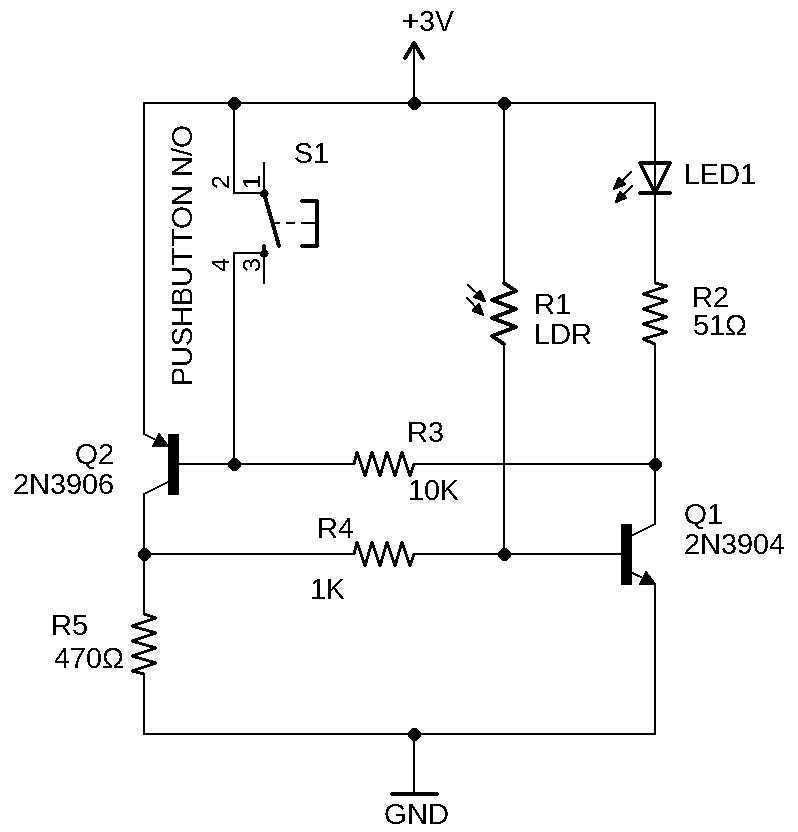
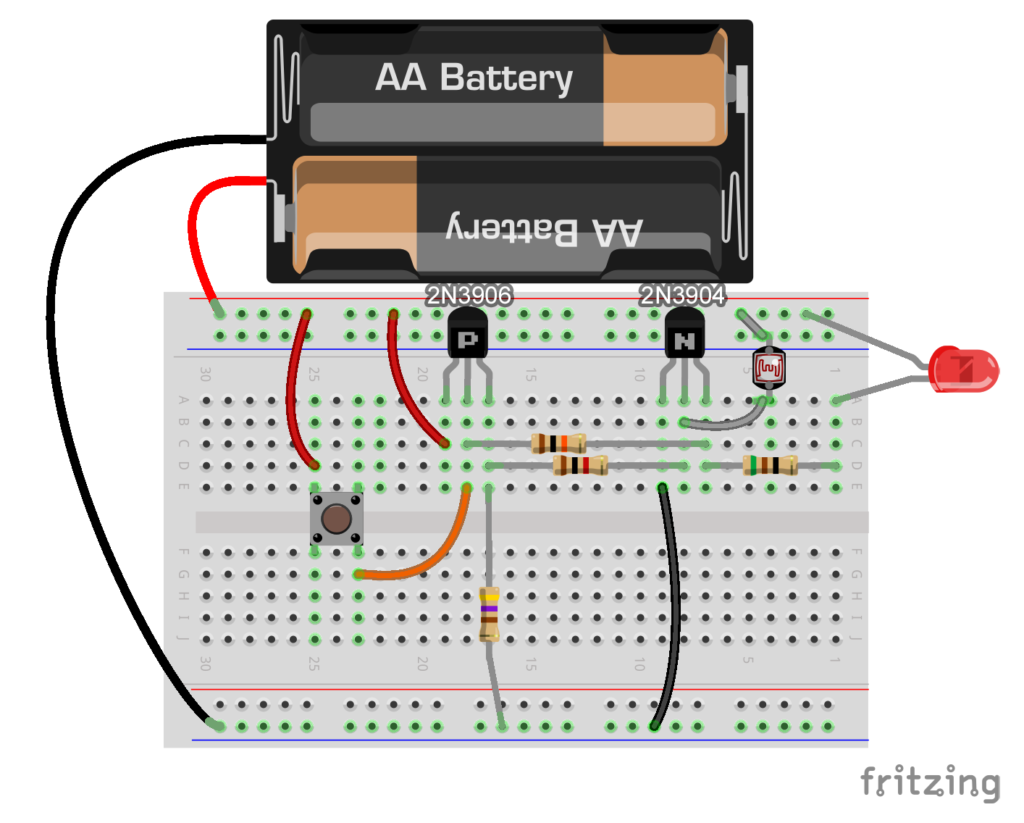
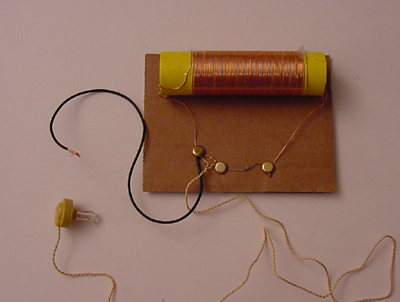
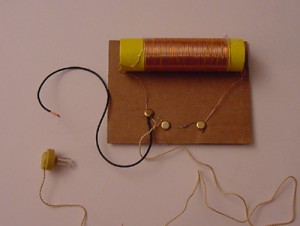 In addition to laser experiments, I thought you’d like to learn how to pick up sound that’s traveling on a light wave. A crystal radio is among the simplest of radio receivers – there’s no battery or power source, and nearly no moving parts. The source of power comes directly from the radio waves (which is a low-power, low frequency light wave) themselves.
In addition to laser experiments, I thought you’d like to learn how to pick up sound that’s traveling on a light wave. A crystal radio is among the simplest of radio receivers – there’s no battery or power source, and nearly no moving parts. The source of power comes directly from the radio waves (which is a low-power, low frequency light wave) themselves.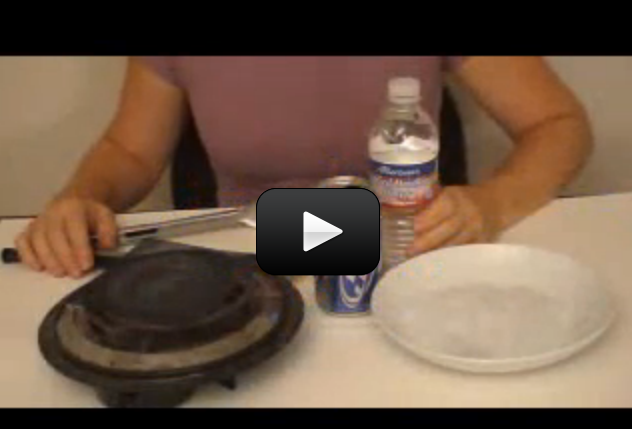
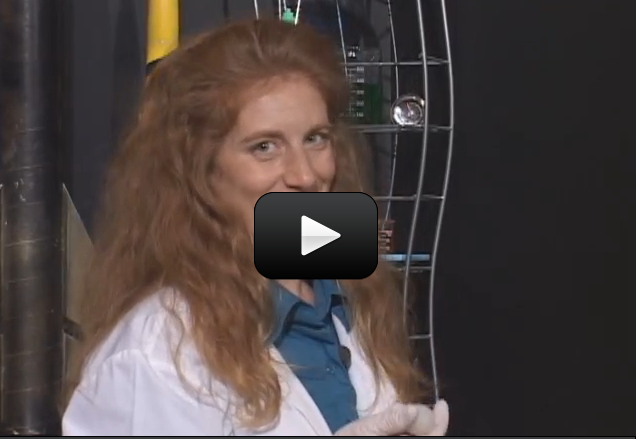
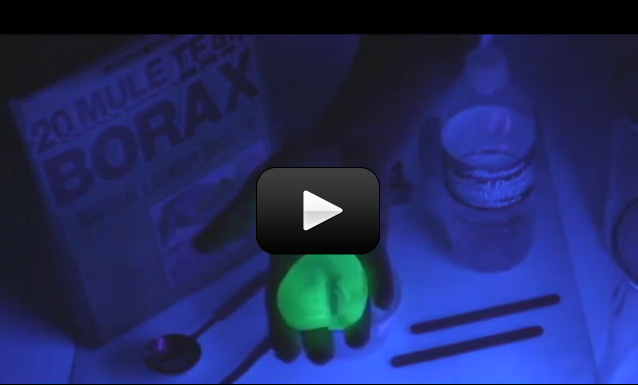
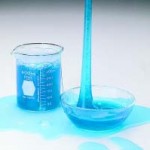 The most slippery substance on the planet, this dehydrated gel is a super-slippery, super long polymer chain of molecules that will actually climb up and out of your container if you don’t use a lid. This slime is sensitive to light, temperature, and concentration (the amount of water you use) so if yours isn’t very responsive, check those three things.
The most slippery substance on the planet, this dehydrated gel is a super-slippery, super long polymer chain of molecules that will actually climb up and out of your container if you don’t use a lid. This slime is sensitive to light, temperature, and concentration (the amount of water you use) so if yours isn’t very responsive, check those three things.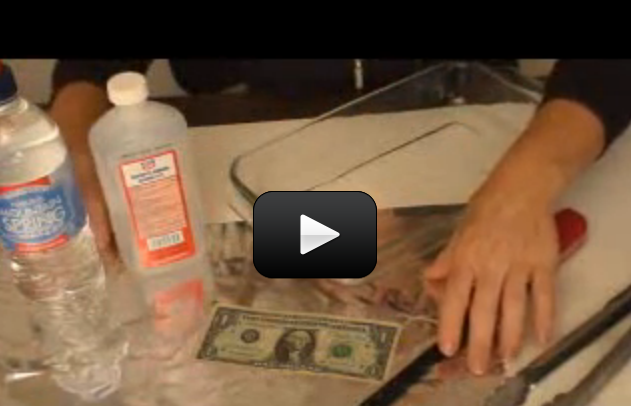

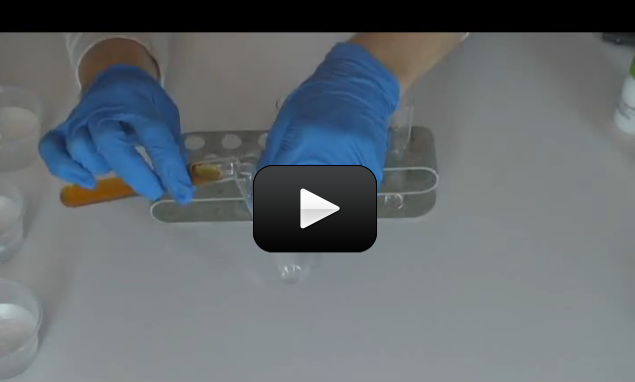

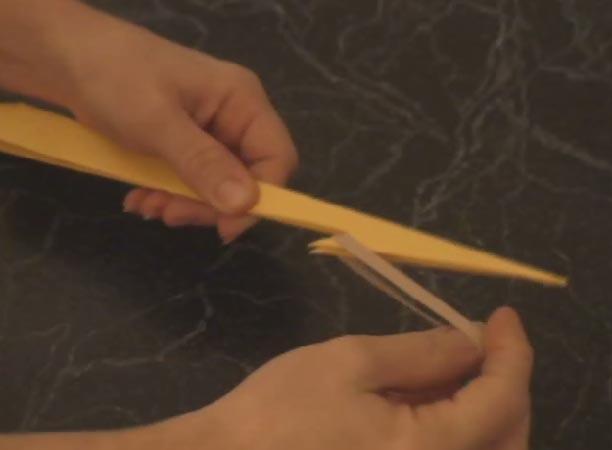
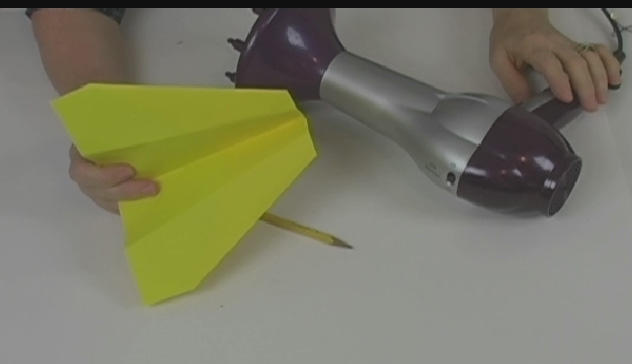
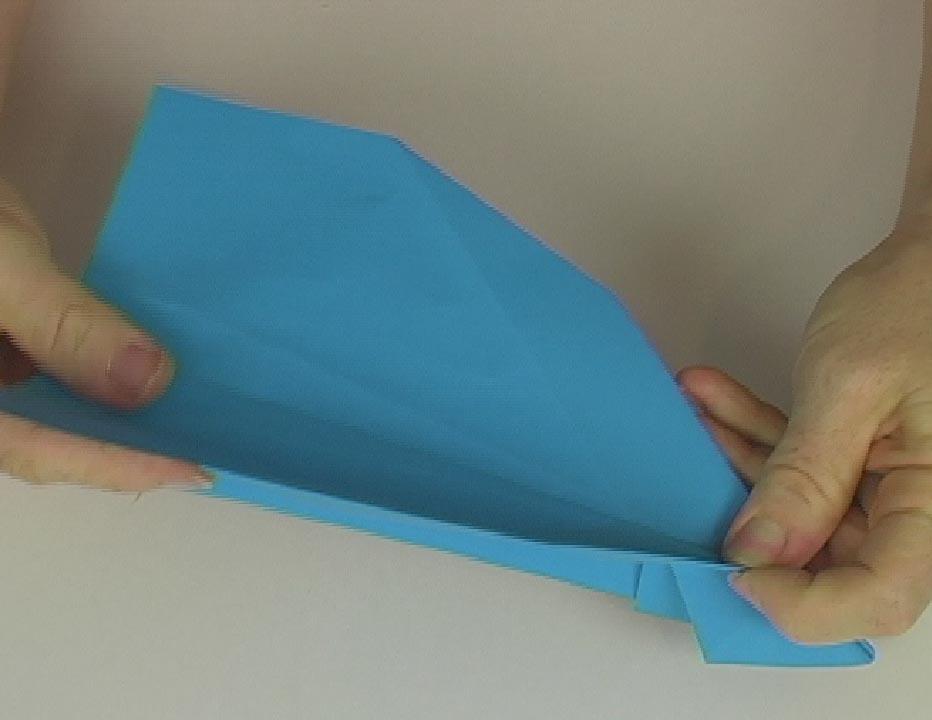
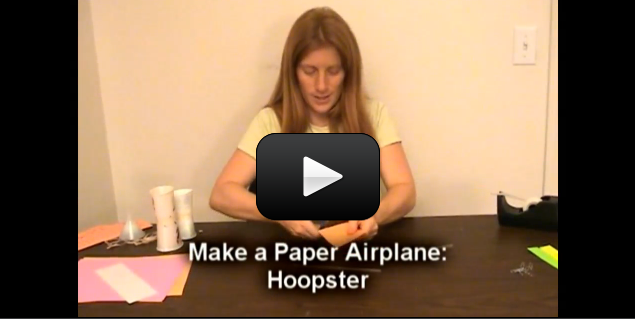
 The image shown here is a real picture of an aircraft as it breaks the sound barrier. This aircraft is passing the speed at which sounds travel. The white cloud you see in the photo is related to the shock waves that are forming around the craft as it moves into supersonic speeds. Because the aircraft is moving through air, which is a gas, the gas can compress and results in a shock wave.
The image shown here is a real picture of an aircraft as it breaks the sound barrier. This aircraft is passing the speed at which sounds travel. The white cloud you see in the photo is related to the shock waves that are forming around the craft as it moves into supersonic speeds. Because the aircraft is moving through air, which is a gas, the gas can compress and results in a shock wave.


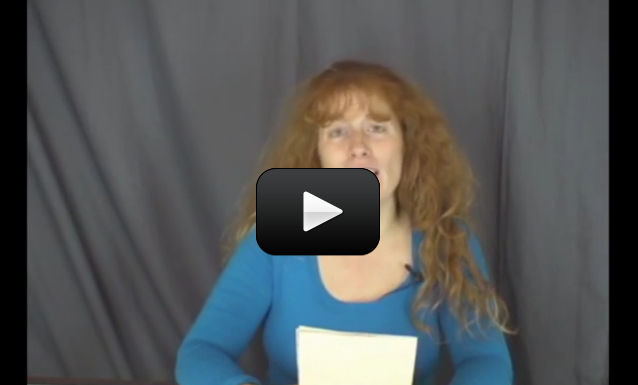
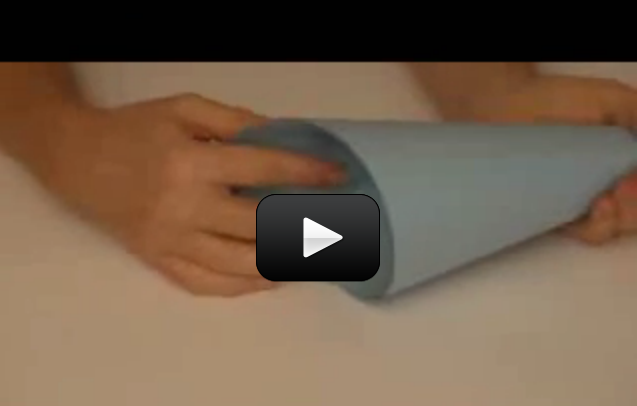

 Sound can change according to the speed at which it travels. Another word for sound speed is pitch. When the sound speed slows, the pitch lowers. With clarinet reeds, it’s high. Guitar strings can do both, as they are adjustable. If you look carefully, you can actually see the low pitch strings vibrate back and forth, but the high pitch strings move so quickly it’s hard to see. But you can detect the effects of both with your ears.
Sound can change according to the speed at which it travels. Another word for sound speed is pitch. When the sound speed slows, the pitch lowers. With clarinet reeds, it’s high. Guitar strings can do both, as they are adjustable. If you look carefully, you can actually see the low pitch strings vibrate back and forth, but the high pitch strings move so quickly it’s hard to see. But you can detect the effects of both with your ears.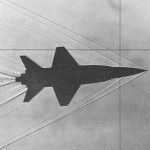 So why do we hear a boom at all? Sonic booms are created by air pressure (think of how the water collects at the bow of a boat as it travels through the water). The vehicle pushes air molecules aside in such a way they are compressed to the point where shock waves are formed. These shock waves form two cones, at the nose and tail of the plane. The shock waves move outward and rearward in all directions and usually extend to the ground.
So why do we hear a boom at all? Sonic booms are created by air pressure (think of how the water collects at the bow of a boat as it travels through the water). The vehicle pushes air molecules aside in such a way they are compressed to the point where shock waves are formed. These shock waves form two cones, at the nose and tail of the plane. The shock waves move outward and rearward in all directions and usually extend to the ground.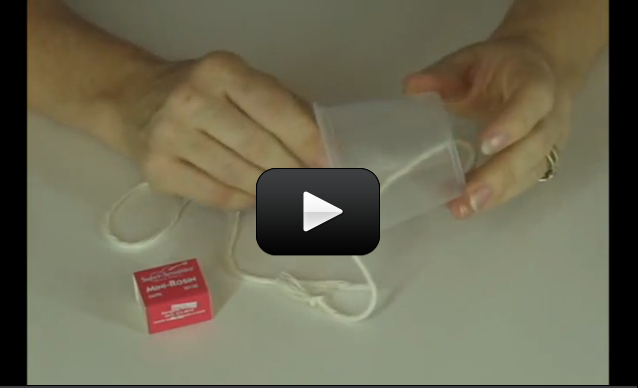
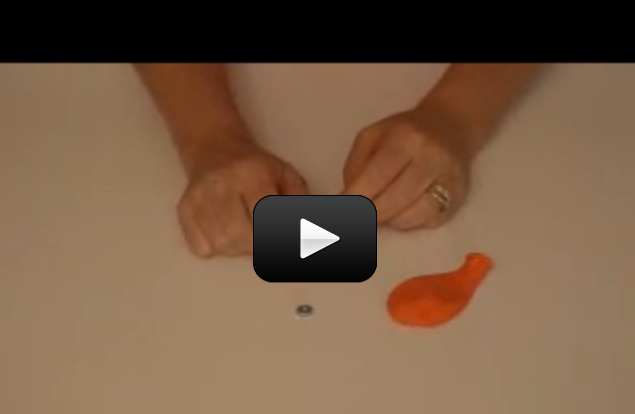
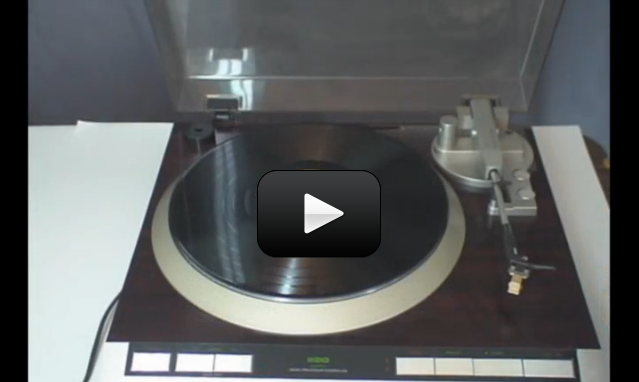
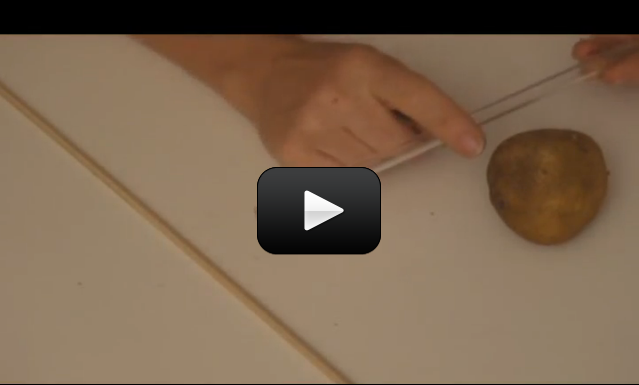
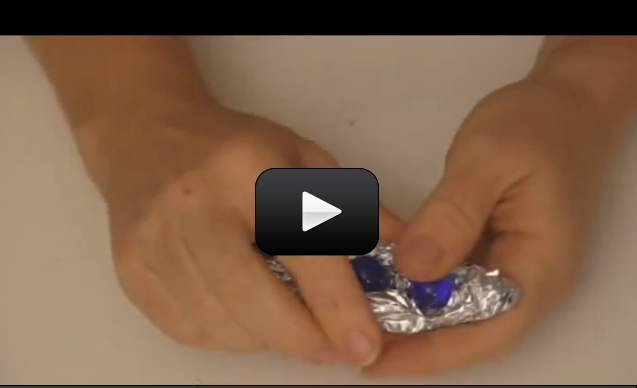
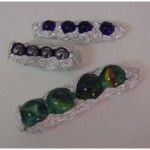 If you’re finding that the marbles fall out before the bobsled reaches the bottom of the slide, you need to either crimp the foil more closely around the marbles or decrease your hill height.
If you’re finding that the marbles fall out before the bobsled reaches the bottom of the slide, you need to either crimp the foil more closely around the marbles or decrease your hill height.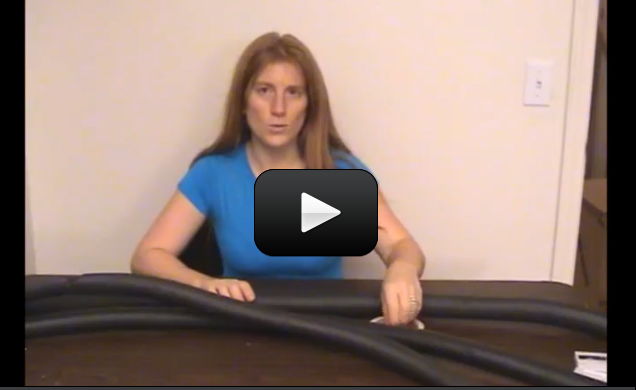
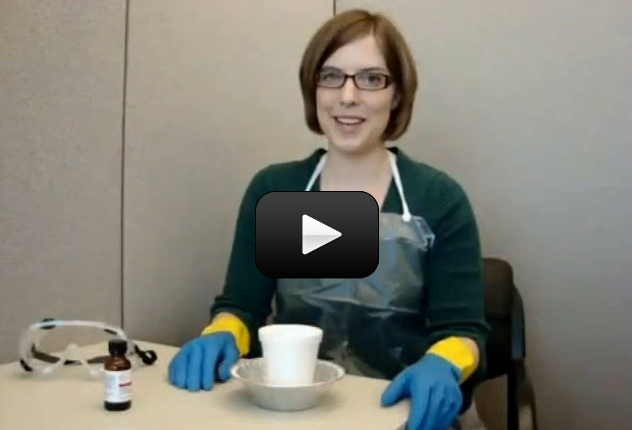

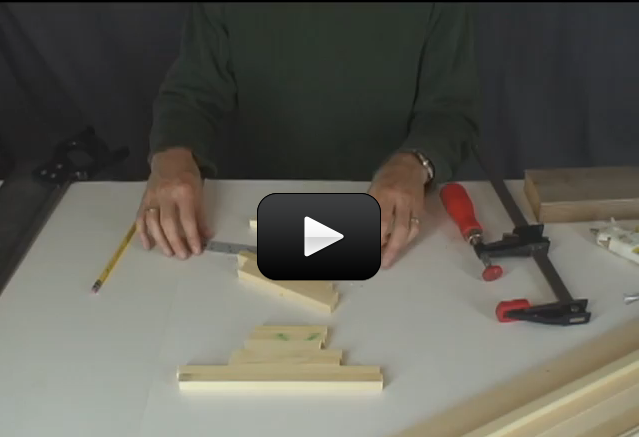
 This experiment is for Advanced Students. For ages, people have been hurling rocks, sticks, and other objects through the air. The trebuchet came around during the Middle Ages as a way to break through the massive defenses of castles and cities. It’s basically a gigantic sling that uses a lever arm to quickly speed up the rocks before letting go. A trebuchet is typically more accurate than a catapult, and won’t knock your kid’s teeth out while they try to load it.
This experiment is for Advanced Students. For ages, people have been hurling rocks, sticks, and other objects through the air. The trebuchet came around during the Middle Ages as a way to break through the massive defenses of castles and cities. It’s basically a gigantic sling that uses a lever arm to quickly speed up the rocks before letting go. A trebuchet is typically more accurate than a catapult, and won’t knock your kid’s teeth out while they try to load it.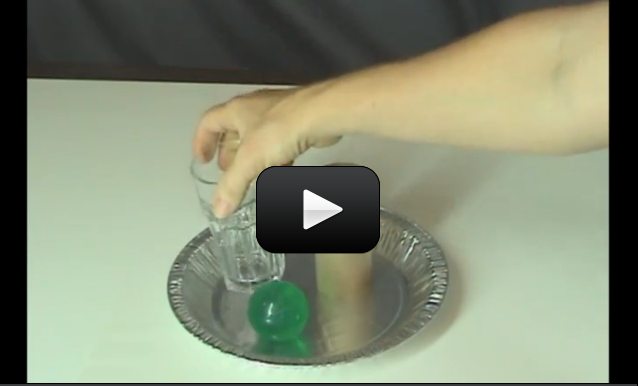
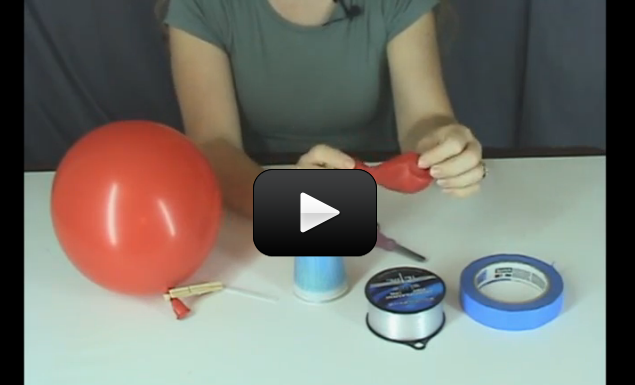
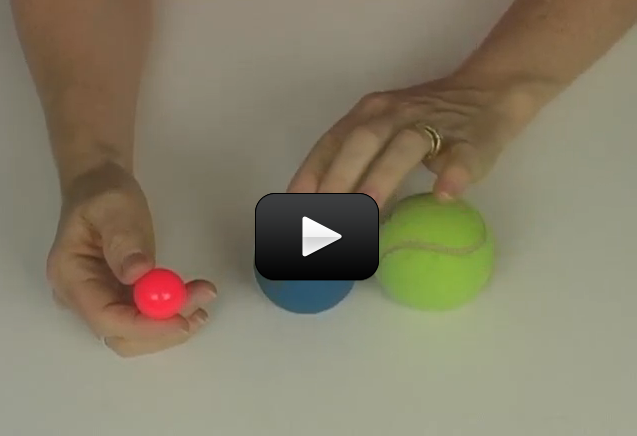
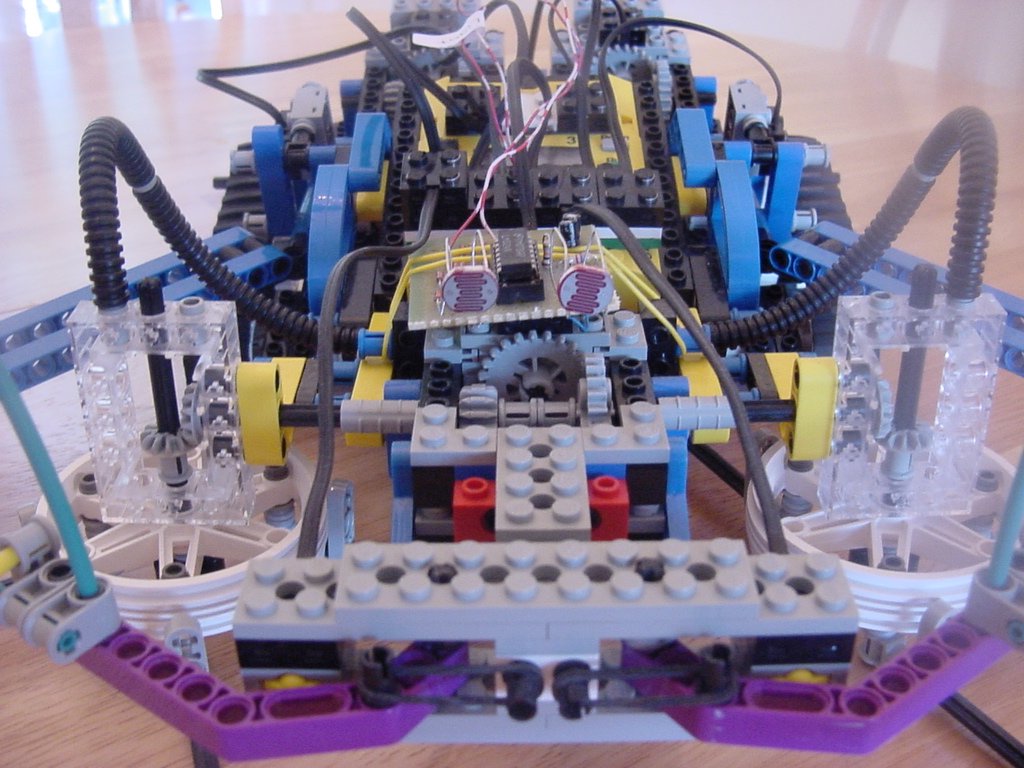



 The Claw IV
The Claw IV





































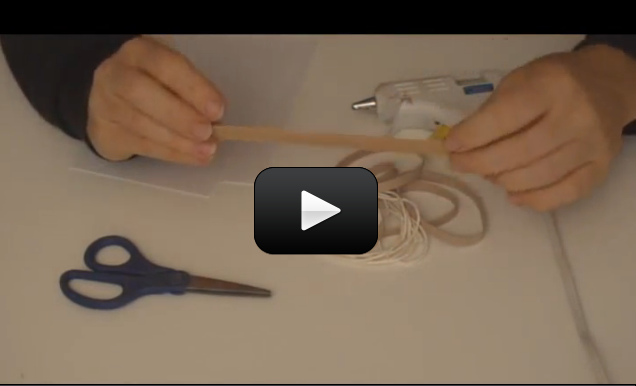
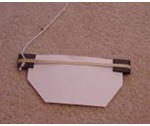 Sound is everywhere. It can travel through solids, liquids, and gases, but it does so at different speeds. It can rustle through trees at 770 MPH (miles per hour), echo through the ocean at 3,270 MPH, and resonate through solid rock at 8,600 MPH.
Sound is everywhere. It can travel through solids, liquids, and gases, but it does so at different speeds. It can rustle through trees at 770 MPH (miles per hour), echo through the ocean at 3,270 MPH, and resonate through solid rock at 8,600 MPH.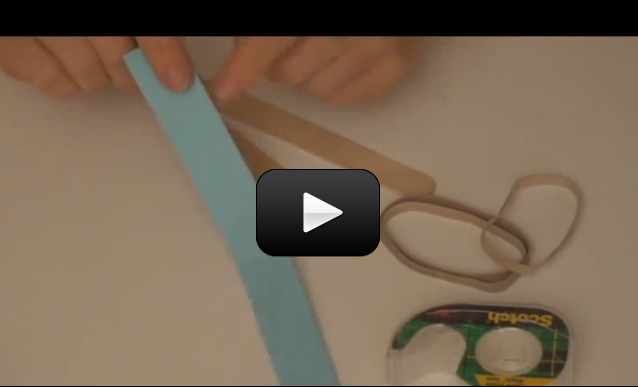
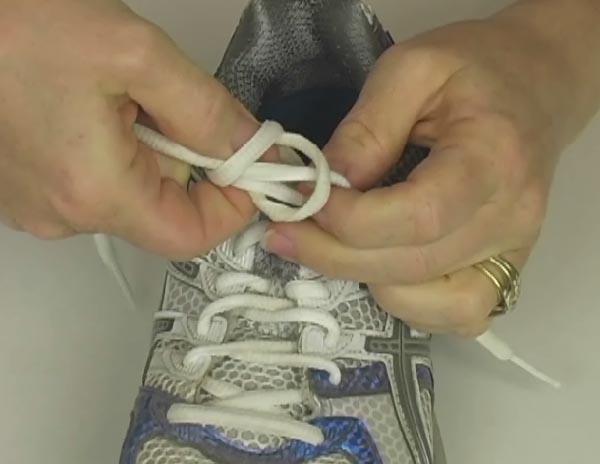
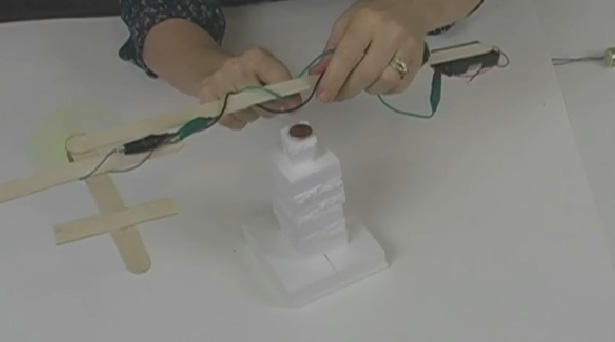
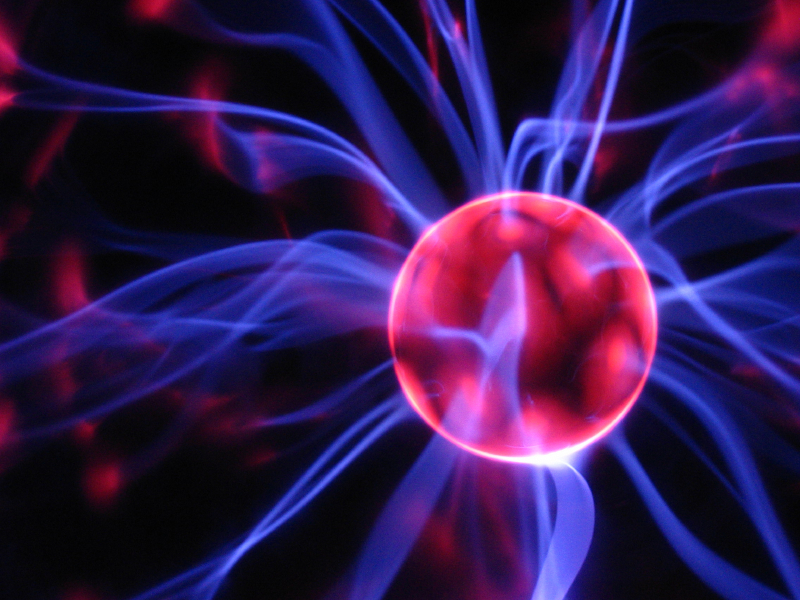
 The smallest thing around is the atom, which has three main parts – the core (nucleus) houses the protons and neutrons, and the electron zips around in a cloud around the nucleus.
The smallest thing around is the atom, which has three main parts – the core (nucleus) houses the protons and neutrons, and the electron zips around in a cloud around the nucleus.